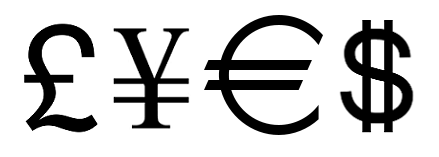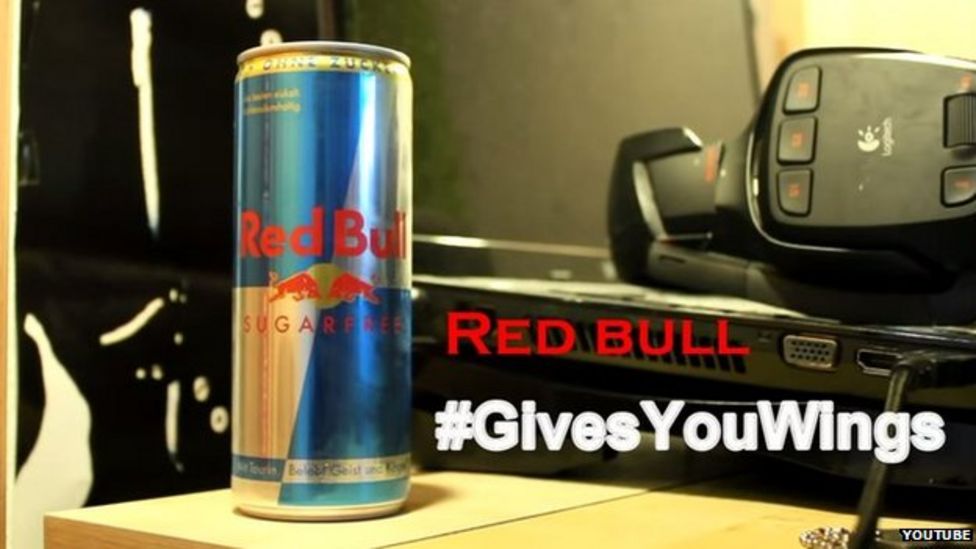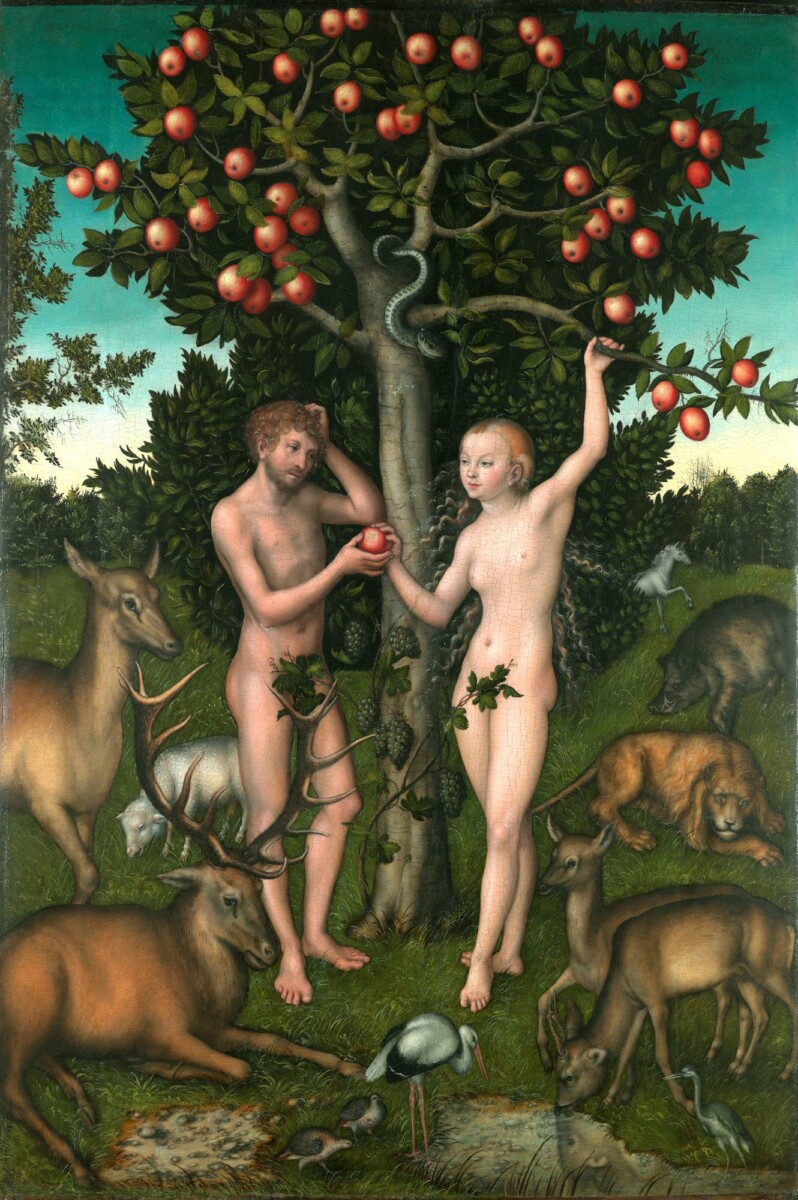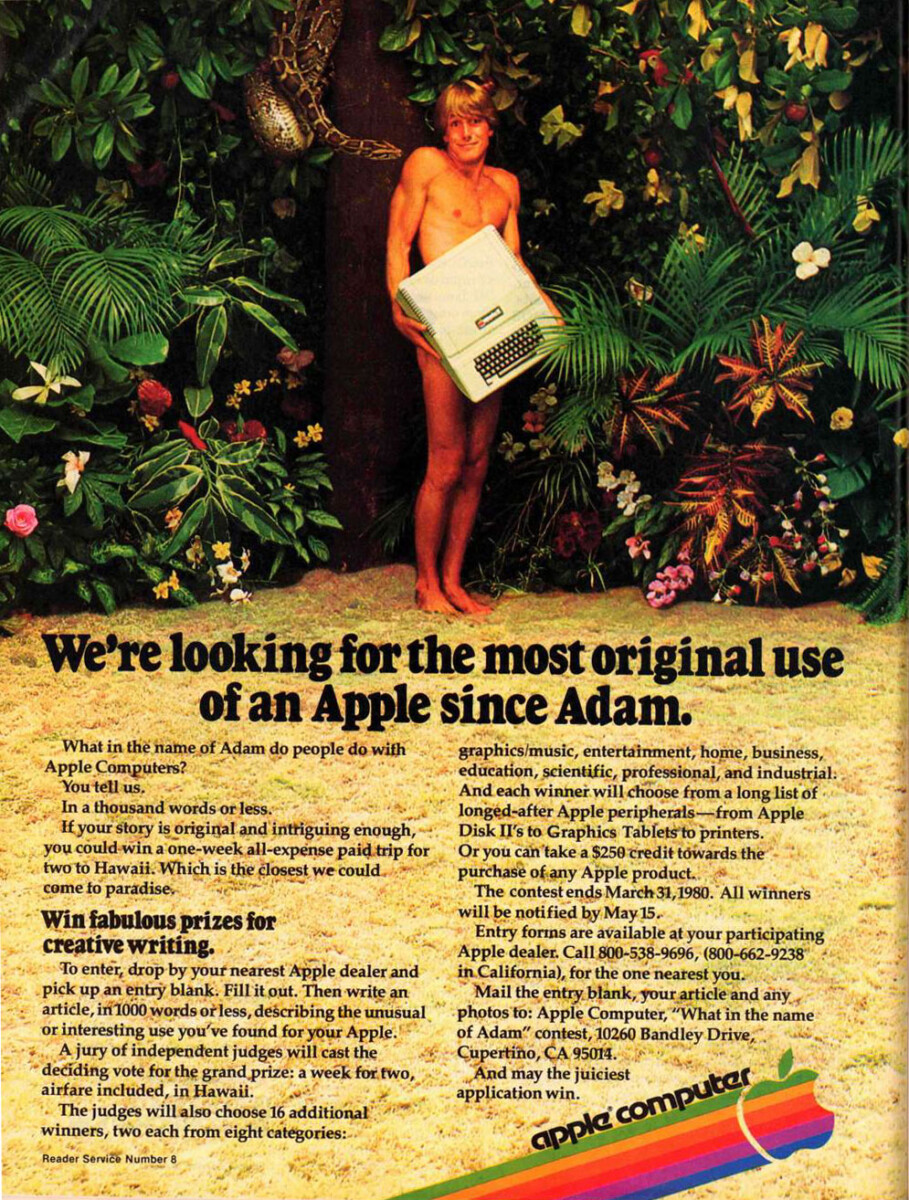Tasks Due Today from Week 7
- Complete and post Research Project Outline
- Review Mainstream Modernism + American Corporate Identity
- Complete and post Reading Response #5
- Submit Week 7 Agenda Checklist
This Week’s Topics
- Checkin & Share
- Freewrite – Art of Noticing
- Research Project Outline Presentations
- Signs and Meaning in Communication Design
- Reading Response 6
- Midterm Assessment Post
- Week 8 Agenda Checklist
Check-In & Share
What’s your mood? Suggest a track for the playlist on the COMD3504 playlist post.
Freewrite – The Art of Noticing
Prompt: This week, we applied the S.L.A.N.T Method when talking to a friend/family member, when listening to a presenter, or in a work meeting.
It’s a good way to develop a “sustained attention muscle.” Becoming an attentive listener is a superpower!
What happens when you…
- Sit up straight (communicates interest)
- Lean forward (signals active listening)
- Ask questions (fosters deeper engagement)
- Nod your head (displays understanding and connection)
- Track the speaker (helps with processing and understanding)
Next Week’s Prompt: Monitor your sonic self
“Listen to and think about the sounds you make – walking, typing, clearing the dishes, talking, singing along with a favorite tune. Take notes. Experiment with making as little sound as possible and then as much sound as possible. Note how this changes your concentration, the way you move, the speed at which you perform routine tasks.”
Art of Noticing
Activities
Below, find the information covered in this session. Complete all of the following activities, videos, and assignments.
1. Research Project Outline Presentations (30 min)
Please present your Research Project Outline post to the class. Give a brief “elevator pitch,” explaining your research question.
If you haven’t already, create a post with your Research Project Outline either as a link to a google doc or pasted into the body of the post. Include an introduction at the top of your post. Use the Category: Research Project Outline in your post.
2. Signs and Meaning in Communication Design (approx. 60 min)
Our next reading assignment will be Hall, Sean. This Means This, This Means That : A User’s Guide to Semiotics, Laurence King Publishing, 2012. ProQuest Ebook Central. It is an introduction to semiotics and methods of communication. The field of semiotics is defined as the theory of signs.
“signing is vital to human existence because it underlies all forms of communication.”
Sean Hall, This Means This, This means That
Ferdinand de Saussure, often called the father of semiotics, identified a sign as composed of a signifier and a signified. The signifier is the sound-image that we see, speak or hear to refer to the sign. The signified is the concept that our mind conjures in relation to the sign.
In his book Course in General Linguistics, Ferdinand de Saussure defined the parts of a Sign: the Signifier and the Signified. The Sign is the whole of these parts.
- Sign: A sign is anything that creates meaning composed of a signifier and a signified.
- Signifier: A word, an image, a sound, anything we see, speak or hear to refer to the sign.
- Signified: The concept that our mind conjures in relation to the sign.
Signs are everywhere. In the image below we can locate several signs. One example is the apple. When you see the apple, you recognize it as a familiar piece of fruit. The same is true if we saw or heard the word “apple” or if we speak/read another language: “苹果” or ” تَفَّاحَة” or ”manzana.”
The representation of the apple is a signifier. The concept that our mind conjures when we see this image is the signified. Together these make up the sign.
The context also matters. In this painting, if we are familiar with the story of Adam and Eve, the signified is also “temptation” or “knowledge.” What about the use of signs in advertising? What does the word “Apple” signify in this 1976 ad?
Forms of signs
The signs we use to communicate are often arbitrary, and their meaning develops over time through culture. Charles Sanders Pierce, an American philosopher, was another important figure in the field of semiotics. He showed that signs could take different forms.
- Icon: signifier resembles the signified (e.g. a graphic image of a dog resembles an actual dog)
- Symbol: arbitrary learned relationship between the signifier and signified (e.g. we must learn from others that a dollar sign $ refers to money)
- Index: signifier is caused by or linked to the signified (e.g. we associate smoke with fire)



Non-literal / Rhetorical forms
As visual designers, we use language as words and images to communicate with our audience. It’s essential to understand how meaning is made through communication and to be aware of how our messages are transmitted and received. Non-literal forms of communication are important for design, advertising, illustration, filmmaking, fashion, and journalism because they help with the transmission of meaning. They can be persuasive, but depending on the audience, but can also confuse meaning.
Examples are simile, metaphor, metonym, synecdoche, irony, lies, impossibility, depiction, and representation.
These are explained in the chapter “Ways of Meaning” in This Means This, This Means That : A User’s Guide to Semiotics, by Sean Hall, and also in “Rhetorical Tropes” on the website Semiotics for Beginners by Daniel Chandler.
- Simile is comparison through the use of the word ‘as’ or ‘like.’ > “Like a Rock“
- Metaphor is a form of figurative or nonliteral language. > “Red Bull Gives You Wings!“
- Metonym (meh·tuh·nuhm) is when one thing stands in for another thing that is directly related to or closely associated with it. > The NY Theatre scene is referred to as “Broadway”
- Synecdoche (suh·nek·duh·kee) another type of metonym, using a phrase or visual that contains part of the whole to represent one of its parts or vice versa. > A brand name stands in for a type of product. Band-Aids and Kleenex
- Irony is a technique used by storytellers to contrast expectations with reality, often in an amusing way. > Some examples in advertising
Red Bull uses metaphor in their advertisements: Red Bull Gives You Wings! Drinking Red Bull doesn’t literally cause you to grow wings, but rather we relate it to gaining metaphorical flight in terms of energy or power. The definition of “give wings to” means to inspire or motivate someone to “fly” or soar – to achieve great things. Interestingly, Red Bull was sued for false advertising.

Check out the following videos to reinforce the following concepts: sign, signifier, signified, icon, index, symbol.
3. Assignment: Reading Response 6 (2+ Hours)
Follow the assignment guidelines and prompts for Reading Response 6 – – DUE Wednesday before the next class.
You will be reading and annotating Hall, Sean. This Means This, This Means That : A User’s Guide to Semiotics, Laurence King Publishing, 2012. ProQuest Ebook. (Chapters 1 & 2). City Tech Login is required.
Refer to Assignment: Reading Response 6 for prompts.
4. Midterm Assessment Post
Create a post called Midterm Assessment – Your Initials. Use the category: Midterm Assessment
Include the following:
- a brief evaluation of your progress so far (what you’ve accomplished and what you want to improve)
- an overview of your Learning Plan (revised, if needed)
- links to your completed classwork, including your Research Journal
At this point in the semester, you should have completed the following work:
- Reading Response #1
- Reading Response#2
- Reading Response #3
- Reading Response #4
- Reading Response #5
- Reading Response #6
- Research Paper #1
- Research Project Outline
- Writing Portfolio (In Progress)
Midterm Grades
I will add a private comment to your Midterm Assessment post with your midterm grade. If you’ve completed all of the work up until this point, you’re on track to pass the course. If you are missing assignments or have missed several classes, we should work together to formulate a plan to get you back on track.
- P= Passing work
- N= Needs Improvement
Resources
- Assignment: Reading Response 6
- Using Hypothesis
- Writing Portfolio
- Grammarly
Week 8 Agenda Checklist
Below are all of the tasks, big and small, for this week. The due date is Wednesday, 11:59 pm before our next Thursday class. Timely completion of these tasks will contribute to your success in this course.
If you have any questions, don’t hesitate to reach out.






Leave a Reply